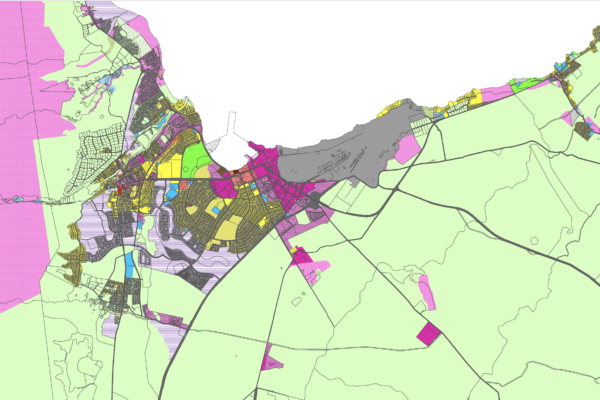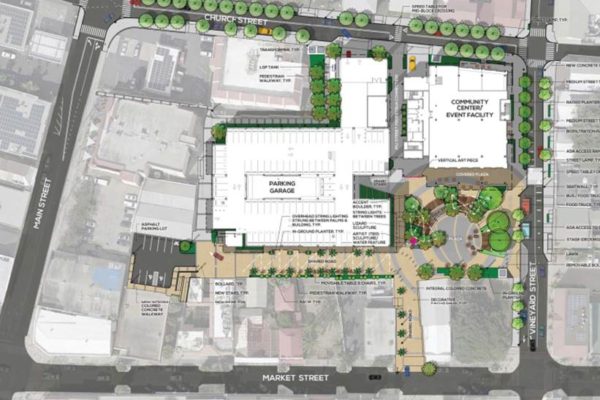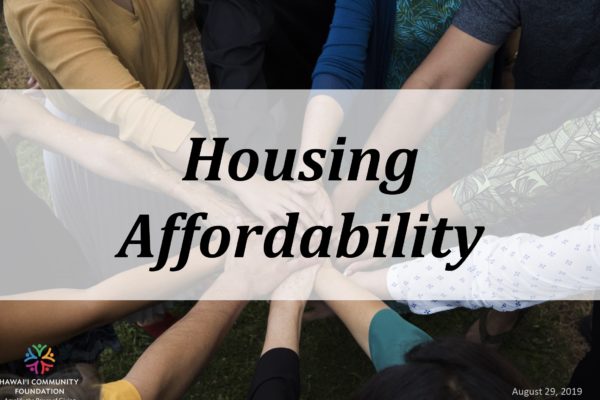Using a PowerPoint presentation, retired professor Dick Mayer raised a number of issues that he thought the KCA should consider. Although he participated in the GPAC process that created the Maui Island Plan, he emphasized that he was speaking as an individual.
“I am not a resident of Kīhei,” he said. “I live in Kula. But I want to present some areas that you may wish to consider when reviewing the Maui Island Plan when it comes before the council and when developing the community plan for South Maui.”
Mayer raised significant issues for residents of South Maui to consider. He pointed out that the 2010 Census numbers had South Maui with a population of 26,892. The number of housing units was 18,559, with 7,710 vacant and 10,889 occupied.
According to Mayer, the figures are low because the South Maui daytime population is higher than the actual resident population, due to hotel occupancy and other residents who work in South Maui.
He suggested that there are four major landowners to watch for future development plans: Alexander & Baldwin, Kaonoulu Ranch, Haleakalā Ranch and ‘Ulupalakua Ranch.
“You may want to meet with the owners of those properties to find out what their plans are,” he said.
Mayer said that the GPAC had wanted defined neighborhoods for Kīhei, rather than thinking of the area as just one big community. Within those neighborhoods, Mayer had advocated biking and walking paths as internal greenways. Outside of the neighborhoods, he said the GPAC favored external greenways so it would be possible to walk from Mā‘alaea to Mākena. Using the example of Honolulu transit having to pay higher prices for urban transit corridors to build their planned rail transit system, Mayer raised the idea of setting aside land now that could be purchased at a lower price, instead of waiting until later when land prices could be expected to be higher.
One of the most far-reaching aspects of the Maui Island Plan is the creation of urban and rural growth boundaries, which will define where development can and cannot take place on Maui. The planned growth boundaries would be in place until the year 2020.
Mayer said that currently there are 4,939 entitled units existing in South Maui, and with more potentially planned, this will have a negative impact on traffic and the availability and cost of water in South Maui. He said the planned development of the Kīhei Research and Tech Park would be the largest in South Maui.



